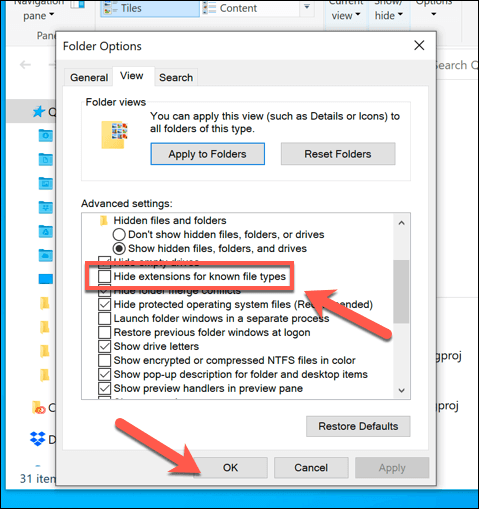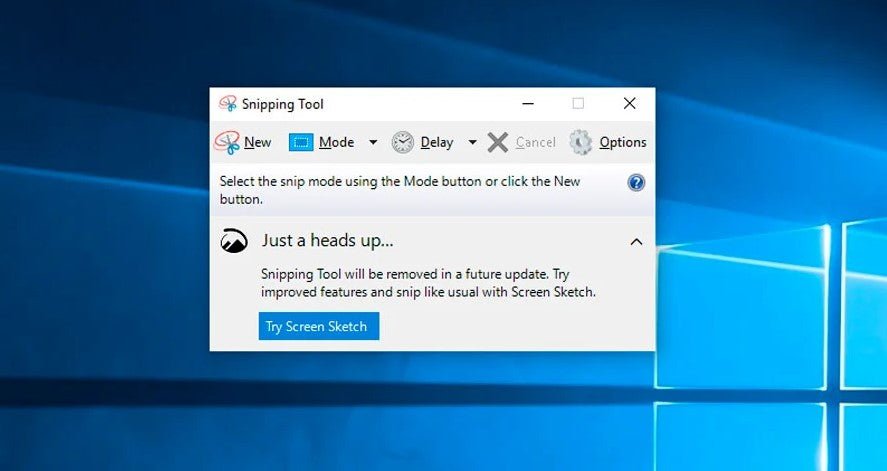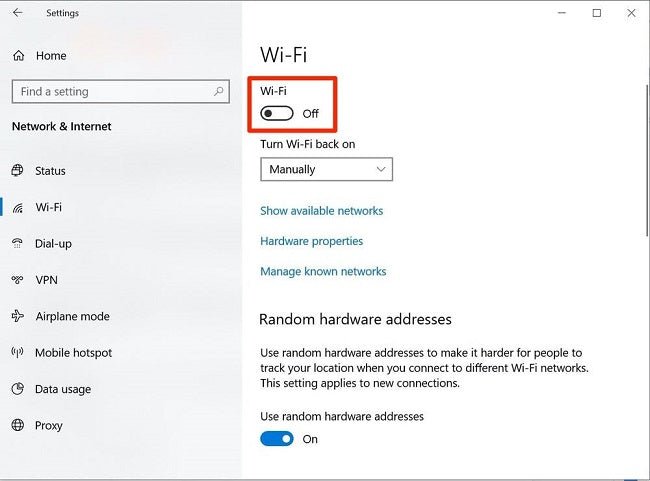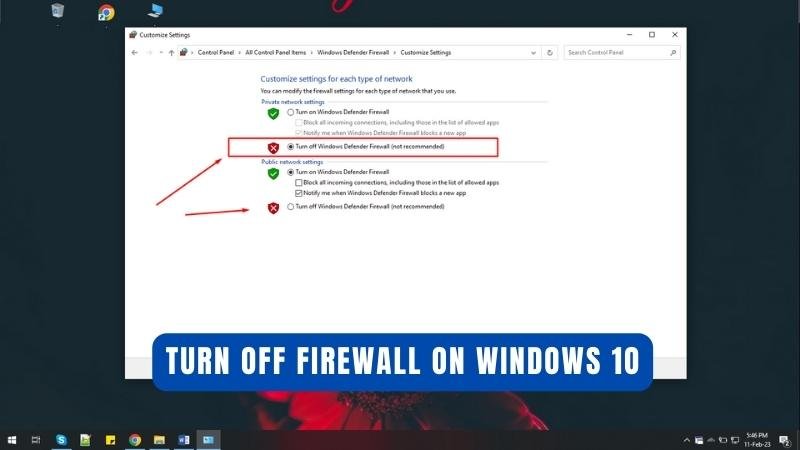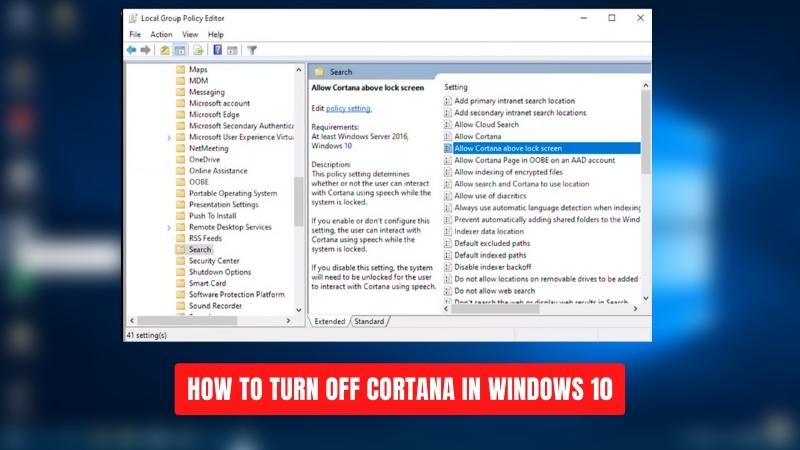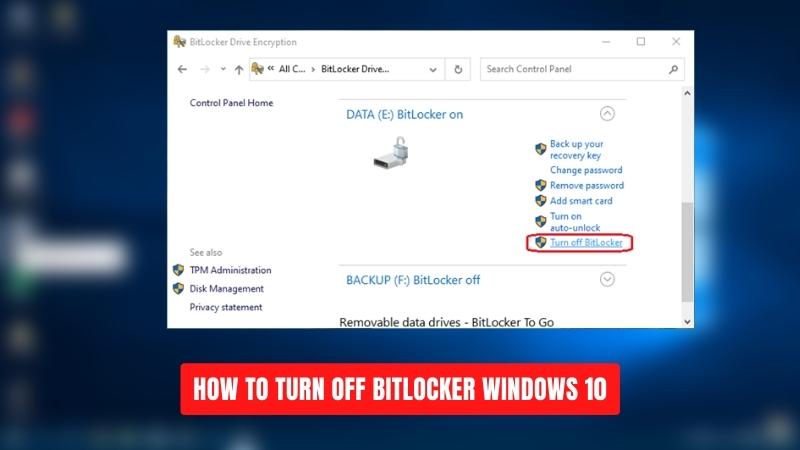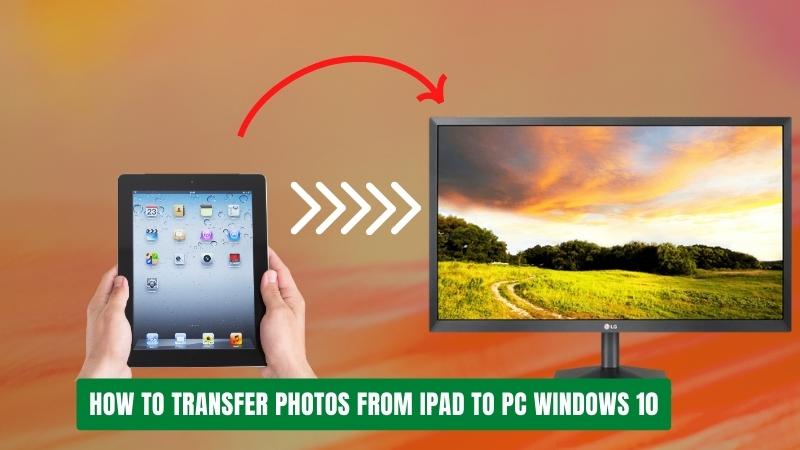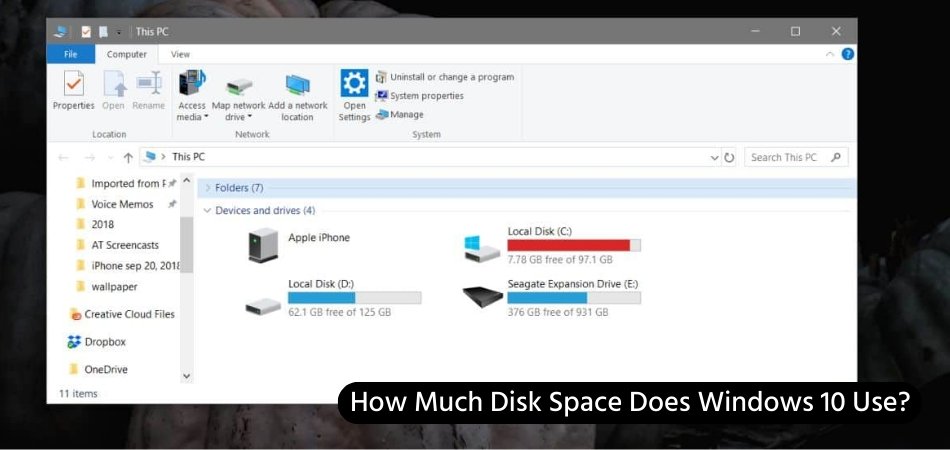
How Much Disk Space Does Windows 10 Use?
If you're a Windows 10 user, chances are you're familiar with the importance of disk space. With the amount of content people store on their computers, it's important to make sure you have enough space available to store all of your files. But how much disk space does Windows 10 actually use?
In this article, we'll take a look at the amount of disk space Windows 10 requires so you know what to expect when it comes to storage needs.
Windows 10 takes up about 16GB of disk space on a device. To check how much disk space you have available, go to Settings > System > Storage.
What is the Average Disk Space Used By Windows 10?
Windows 10 is the most up-to-date operating system from Microsoft. It is the successor to Windows 8 and is the most popular version of Windows currently. Windows 10 comes with a variety of features and updates that require disk space to store and run efficiently.

The amount of disk space used by Windows 10 can vary depending on what type of computer you have and what type of updates you install. On a basic installation of Windows 10, the operating system will use around 20GB of disk space. This includes the operating system files, applications, and other system files.
If you install additional software, such as Microsoft Office, the amount of disk space used can increase significantly. For example, Microsoft Office alone can take up to 10GB of disk space. In addition to the disk space used by the operating system, Windows 10 also uses disk space for system temporary files.
These files are created by Windows and used for a variety of tasks, such as running applications, storing temporary data, and more. The amount of disk space used by these temporary files can also vary depending on what type of computer you have and what type of data is stored.
What is the Maximum Disk Space Used By Windows 10?
The maximum disk space used by Windows 10 depends on the type of computer you have and the type of updates you install. The maximum disk space used can be up to 150GB. This includes the operating system files, applications, and other system files.
If you install additional software, such as Microsoft Office, the amount of disk space used can increase significantly. For example, Microsoft Office alone can take up to 10GB of disk space. In addition to the disk space used by the operating system, Windows 10 also uses disk space for system temporary files.
The amount of disk space used by these temporary files can also vary depending on what type of computer you have and what type of data is stored. Additionally, if you install a large amount of applications and games, the total disk space used can increase significantly.
What is the Recommended Disk Space for Windows 10?
Microsoft recommends a minimum of 16GB of disk space for a basic installation of Windows 10. However, if you plan on installing additional software, such as Microsoft Office, the recommended disk space can increase to 32GB.
Additionally, if you plan on installing a large number of applications and games, the recommended disk space can increase to 64GB. It is important to note that the recommended disk space is only a guideline and you may need more or less disk space depending on your specific needs.
How to Free Up Disk Space on Windows 10?
If you find that your disk space is running low, there are a few steps you can take to free up disk space on Windows 10. The first step is to delete any unnecessary files, such as temporary files and old program files. You can also uninstall any programs you don’t use or move them to an external drive.
Additionally, you can use disk cleaning tools, such as CCleaner, to automatically delete unnecessary files. You can also use disk compression tools, such as WinRAR, to compress large files and free up additional disk space.
How to Increase Disk Space on Windows 10?
If you find that your disk space is running low and you cannot free up enough disk space, you can increase the disk space on your computer by upgrading your hard drive. You can also use an external hard drive or a USB flash drive to store additional files and programs.
Additionally, you can increase the virtual memory on your computer. Virtual memory is a part of the hard drive that is used by the computer to store data when the RAM is full. Increasing the virtual memory can help to increase the amount of disk space available on your computer.
Related FAQ
What is the minimum disk space requirement for Windows 10?
The minimum disk space requirement for Windows 10 is 16GB for 32-bit systems and 20GB for 64-bit systems. However, this only covers the operating system files. Additional disk space will be needed for applications and other files that the user may save to the system. It is recommended that users have at least an additional 10-20GB of free space for optimal performance.
How much disk space does Windows 10 Home Edition use?
The amount of disk space used by Windows 10 Home Edition depends on the version of the operating system. For example, Windows 10 Home Edition version 1903 has an install size of over 6GB. This includes the operating system files as well as the pre-installed applications. The total amount of disk space used may increase over time as the system is updated and new applications are installed.
How much disk space does Windows 10 Pro Edition use?
The amount of disk space used by Windows 10 Pro Edition also depends on the version of the operating system. For example, Windows 10 Pro Edition version 1903 has an install size of over 7GB. This includes the operating system files as well as the pre-installed applications. The total amount of disk space used may increase over time as the system is updated and new applications are installed.
Does Windows 10 use more disk space than Windows 7?
Yes, Windows 10 uses more disk space than Windows 7. This is primarily due to the additional features and enhancements that Windows 10 offers, such as the Windows Store, Cortana, and Edge browser. Additionally, Windows 10 includes more pre-installed applications than Windows 7, which can take up additional disk space.
How much disk space does Windows 10 need for optimal performance?
For optimal performance, Windows 10 requires a minimum of 16GB for 32-bit systems and 20GB for 64-bit systems. However, this is only the amount of disk space needed for the operating system files. Additional disk space will be needed for applications and other files that the user may save to the system.
It is recommended that users have at least an additional 10-20GB of free space for optimal performance.
Can I reclaim disk space on my Windows 10 system?
Yes, you can reclaim disk space on your Windows 10 system. There are several ways to do this, such as uninstalling unnecessary applications, disabling hibernation, compressing files, and deleting temporary files. Additionally, you can use the built-in Disk Cleanup tool to free up additional disk space.
By reclaiming disk space, you can ensure that your system has enough free space to run properly and efficiently.
Summary
Windows 10 uses around 20GB of disk space for a basic installation. The maximum disk space used by Windows 10 can be up to 150GB depending on the type of computer and the type of updates you install. Microsoft recommends a minimum of 16GB of disk space for a basic installation of Windows 10.
If you find that your disk space is running low, you can free up disk space by deleting unnecessary files, uninstalling programs, or using disk cleaning and compression tools. If you cannot free up enough disk space, you can increase the disk space on your computer by upgrading your hard drive or increasing the virtual memory.

